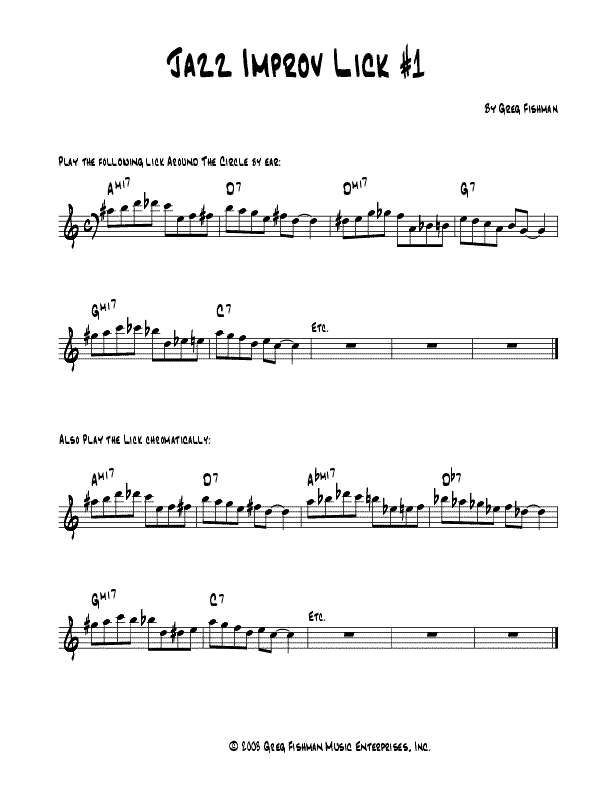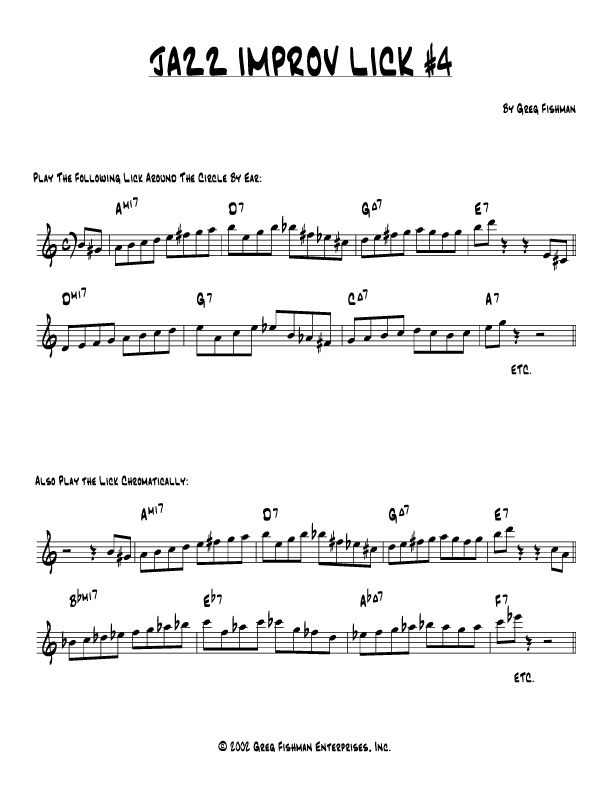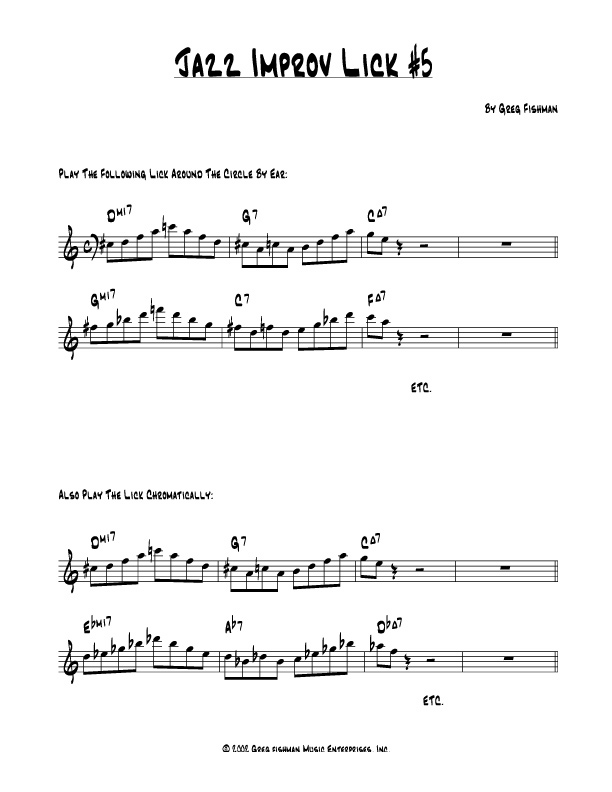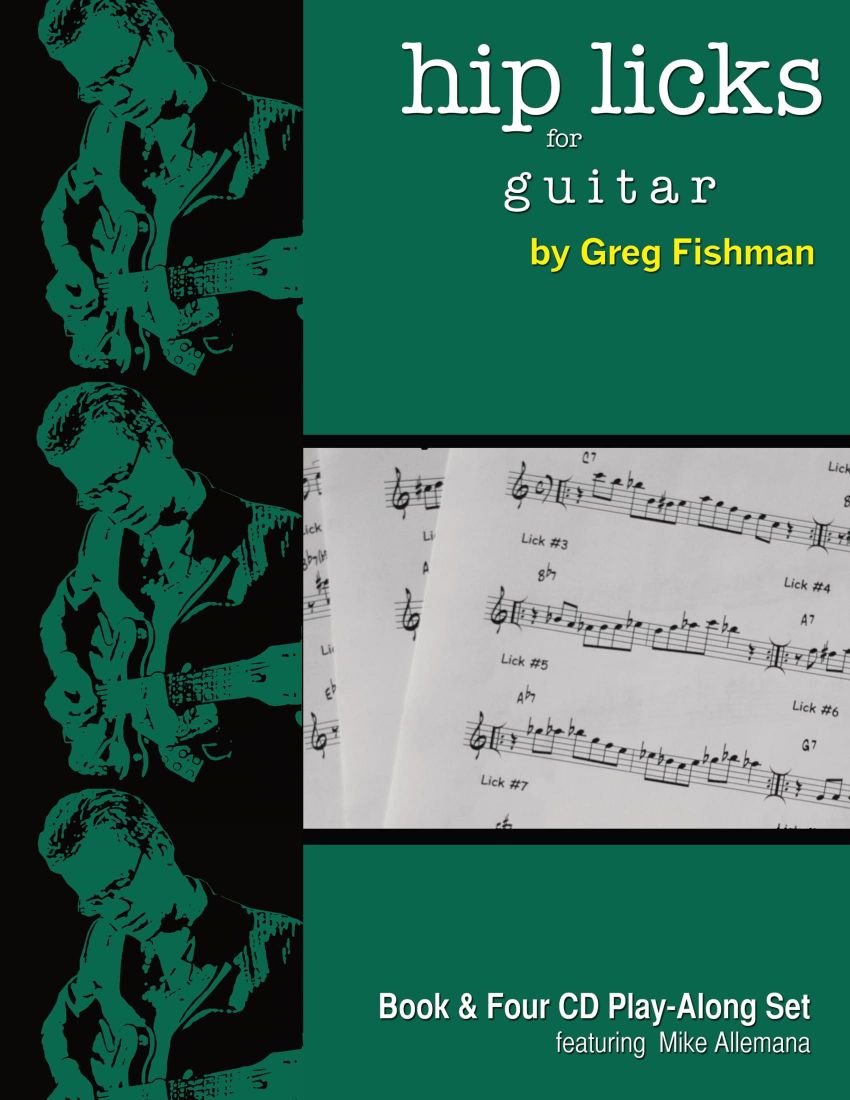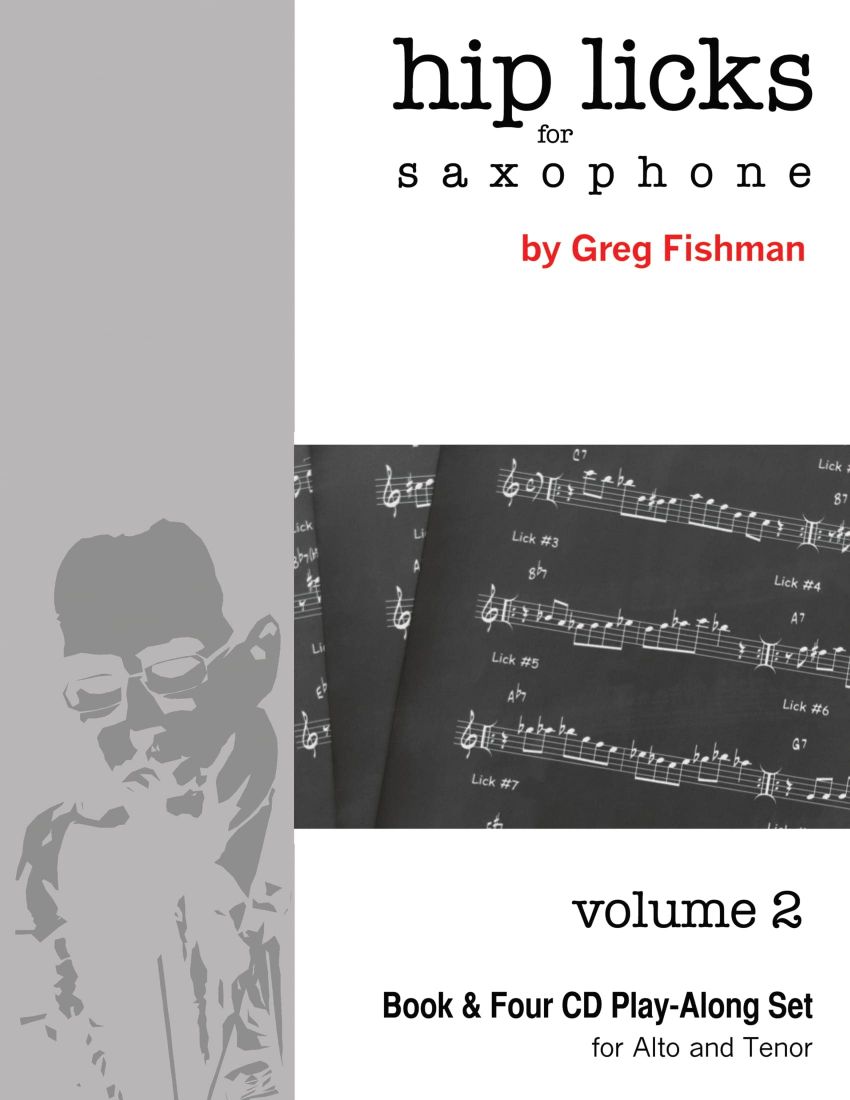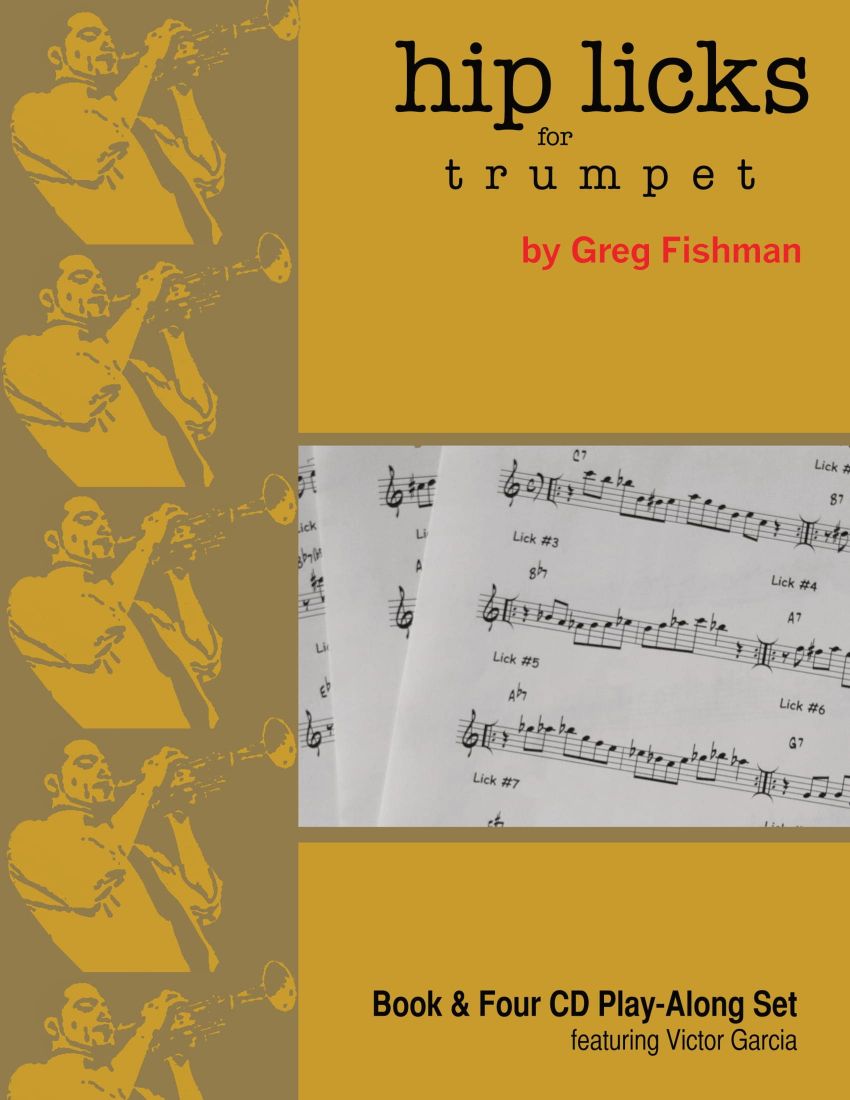Practice Tips:
• Have a practice agenda. Before you play one note, you should decide what you’re going to accomplish in each practice session. Some sessions might be focused on just one item, such as tone or technique. Other practice sessions may consist of 10 – 15 minutes on a variety of items such as: chords, scales, ear training, transcription, licks/patterns, etc. Put these items on a list and check them off as you complete them.
Click HERE to download a practice planner! This planner is designed to help you organize your jazz improv practice time.
• Practice at a variety of tempos. Don’t just play slow, medium or fast, but work on those “in the cracks” tempos. Be able to play from quarter note = 40 all the way up to 360 and you’re ready for just about anything!
• Be creative when using the metronome. Let the metronome click on the upbeats instead of downbeats, or beats two and four in addition to beats one and three.
• Be aware of the harmonic context of whatever you’re playing. For example, if you’re practicing a lick, be sure that you can identify the chord progression that corresponds to the lick or idea. Sometimes the lick can fit in a variety of harmonic contexts.
• Always apply the “Five Time” rule. Play the scale, chord, lick, pattern, phrase or song five times in a row with no errors. If you make any error before you’ve reached the fifth consecutive time playing the phrase, no matter how small the error, you’re back to a count of “zero.” This method of practicing will improve your concentration and give your playing great consistency.
• Start your lick or phrase at any of eight starting points the downbeats of 1, 2, 3 and 4 or the upbeats of 1, 2, 3 and 4
Practice Tips:
• Have a practice agenda. Before you play one note, you should decide what you’re going to accomplish in each practice session. Some sessions might be focused on just one item, such as tone or technique. Other practice sessions may consist of 10 – 15 minutes on a variety of items such as: chords, scales, ear training, transcription, licks/patterns, etc. Put these items on a list and check them off as you complete them.
Click HERE to download a practice planner! This planner is designed to help you organize your jazz improv practice time.
• Practice at a variety of tempos. Don’t just play slow, medium or fast, but work on those “in the cracks” tempos. Be able to play from quarter note = 40 all the way up to 360 and you’re ready for just about anything!
• Be creative when using the metronome. Let the metronome click on the upbeats instead of downbeats, or beats two and four in addition to beats one and three.
• Be aware of the harmonic context of whatever you’re playing. For example, if you’re practicing a lick, be sure that you can identify the chord progression that corresponds to the lick or idea. Sometimes the lick can fit in a variety of harmonic contexts.
• Always apply the “Five Time” rule. Play the scale, chord, lick, pattern, phrase or song five times in a row with no errors. If you make any error before you’ve reached the fifth consecutive time playing the phrase, no matter how small the error, you’re back to a count of “zero.” This method of practicing will improve your concentration and give your playing great consistency.
• Start your lick or phrase at any of eight starting points the downbeats of 1, 2, 3 and 4 or the upbeats of 1, 2, 3 and 4
Below you’ll find my own practice sheet listing the most common four-note chord shapes. Be sure to practice them in all twelve keys!
I recommend focusing on one chord type until you’ve mastered it, and then move on to another type. As you add new chord types to your practice routine, you should constantly review all previously learned chord types.
60 Essential Chords
This chord table denotes the correct spellings for the five most common chord types in all possible chromatic spellings.
The five most common chord types are:
Ma7, 7 (dominant), mi7, mi7b5 (half-diminished), and diminished 7th.
There are seven letter names in the musical alphabet:
A, B, C, D, E, F & G.
For each of these seven letters, you can have a “flat” version,
a “natural” version, and a “sharp” version of each note.
Thus, 7 spellings x 3 (flat, natural and sharp) = 21 letter names.
21 letter names x 5 chord types = 105 chord spellings.
Note: an “x” after a letter name means “double sharp.”
Jazz Licks
In order to “communicate” the language of jazz, a student must analyse and practice jazz licks. A lick is like a sentence that helps tell a musical story. The more you work with them, the faster you will develop your ears and be able to make up your own stories using the “language of jazz.”
Here are some great licks to start you off. Transpose and play them in all 12 keys.






